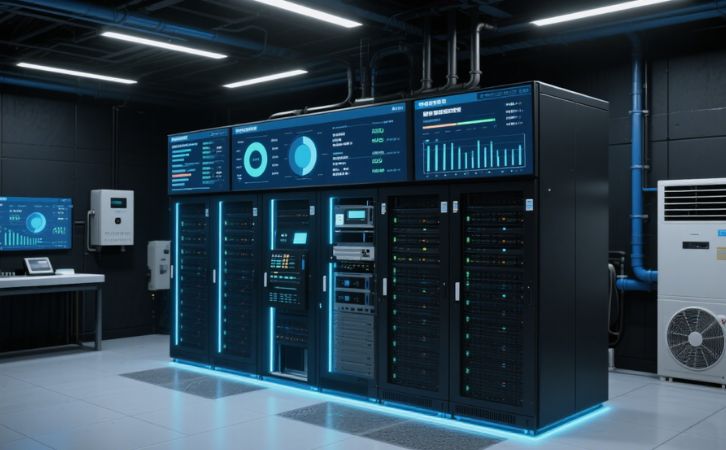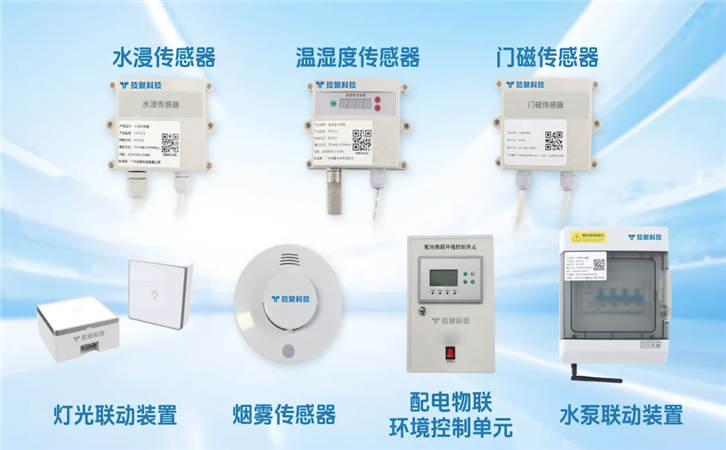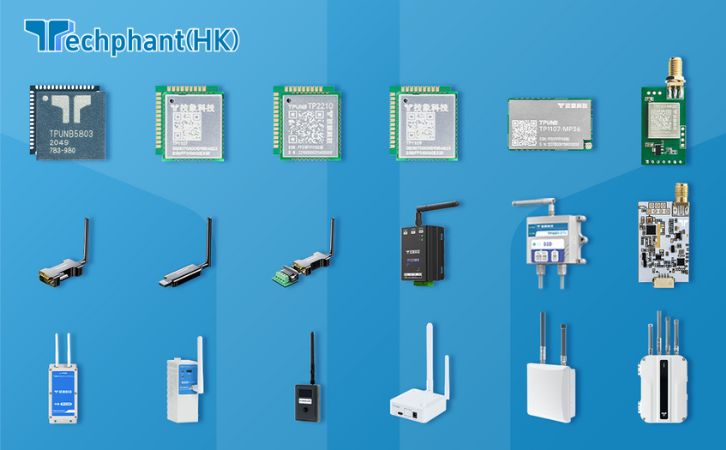The Industrial Internet of Things (IIoT) has redefined the landscape of manufacturing by enabling smart factories to operate with unprecedented efficiency and precision. At the heart of this transformation are IoT sensors, which collect, transmit, and analyze data in real time to optimize factory operations. By monitoring equipment, environmental conditions, and production processes, IoT sensors empower manufacturers to make data-driven decisions, reduce downtime, and enhance productivity. This article explores how IoT sensors drive real-time monitoring in smart factories, delving into their applications, benefits, and challenges.
I. The Role of IoT Sensors in Smart Factories
IoT sensors are compact, intelligent devices that capture data such as temperature, pressure, vibration, humidity, and motion from industrial environments. In smart factories, these sensors are embedded in machinery, production lines, and even worker wearables to provide a continuous stream of real-time data. Unlike traditional sensors, IoT-enabled devices are interconnected via wireless networks like Wi-Fi, Bluetooth, or 5G, allowing seamless communication with centralized systems or cloud platforms.
For example, vibration sensors on a motor can detect anomalies indicating potential mechanical failure, while temperature sensors in a chemical processing plant ensure optimal conditions for reactions. These sensors integrate with Industrial IoT platforms, enabling factory managers to monitor operations remotely and respond instantly to issues. By providing granular visibility into every aspect of the production process, IoT sensors form the backbone of Industry 4.0, facilitating automation and informed decision-making.
The scalability of IoT sensors is another critical advantage. A single factory may deploy thousands of sensors, each tailored to specific tasks, creating a robust data ecosystem. This interconnected network ensures that data flows seamlessly between machines, systems, and human operators, fostering a dynamic and responsive manufacturing environment.
II. Enabling Predictive Maintenance Through Real-Time Data
One of the most transformative applications of IoT sensors in smart factories is predictive maintenance. By continuously monitoring equipment health, sensors detect early signs of wear, fatigue, or potential failures before they escalate into costly breakdowns. For instance, a pressure sensor on a hydraulic system can identify subtle changes in performance, signaling the need for maintenance long before a catastrophic failure occurs.
Real-time data from IoT sensors is processed using advanced analytics or machine learning algorithms, which identify patterns and predict equipment lifespan. This approach contrasts with traditional reactive maintenance, where repairs are made only after a failure, or scheduled maintenance, which may result in unnecessary downtime. Predictive maintenance powered by IoT sensors can reduce unplanned downtime by up to 50%, according to industry studies, while extending equipment life and lowering maintenance costs.
A practical example is in automotive manufacturing, where IoT sensors monitor robotic arms for vibration and temperature anomalies. If a sensor detects irregularities, it triggers an alert to the maintenance team, who can schedule repairs during planned downtime, minimizing disruptions. This proactive approach not only saves costs but also ensures consistent production quality.
III. Enhancing Operational Efficiency and Resource Management
IoT sensors optimize operational efficiency by providing real-time insights into production processes and resource utilization. In smart factories, sensors track metrics like machine output, energy consumption, and material flow, enabling managers to identify bottlenecks and inefficiencies. For example, flow sensors on a conveyor belt can monitor the speed and volume of materials, ensuring optimal throughput and preventing jams.
Energy management is another area where IoT sensors excel. Smart factories consume significant energy, and IoT sensors help monitor and optimize usage. Sensors measuring power consumption can identify energy-intensive processes and suggest adjustments, such as shifting non-critical tasks to off-peak hours. This not only reduces costs but also supports sustainability goals by lowering the factory’s carbon footprint.
Additionally, IoT sensors enhance inventory management by tracking raw materials and finished goods in real time. RFID-enabled sensors, for instance, can monitor stock levels in a warehouse, automatically triggering reorders when supplies run low. This real-time visibility reduces overstocking, minimizes waste, and ensures just-in-time production, streamlining the entire supply chain.
IV. Challenges and Considerations in IoT Sensor Deployment
While IoT sensors offer immense benefits, their deployment in smart factories comes with challenges. One major hurdle is data security. With thousands of sensors transmitting data over networks, factories are vulnerable to cyberattacks. Ensuring robust encryption, secure protocols, and regular software updates is critical to safeguarding sensitive information.
Another challenge is interoperability. Factories often use equipment from multiple vendors, and ensuring that IoT sensors and systems communicate seamlessly requires standardized protocols like MQTT or OPC UA. Without standardization, data silos can form, reducing the effectiveness of real-time monitoring.
Scalability and cost are also considerations. Deploying IoT sensors across a large factory requires significant investment in hardware, software, and infrastructure. Additionally, managing the massive volume of data generated by sensors demands robust data storage and processing capabilities, often necessitating cloud or edge computing solutions.
Finally, workforce adaptation is essential. Employees must be trained to interpret sensor data and act on insights, which may require upskilling or reskilling programs. Overcoming these challenges ensures that IoT sensors deliver their full potential in optimizing smart factory operations.
Conclusion
IoT sensors are revolutionizing real-time monitoring in smart factories by providing actionable insights into equipment health, operational efficiency, and resource management. From enabling predictive maintenance to streamlining production processes, these sensors drive the transition to Industry 4.0, where data is the key to competitiveness. Despite challenges like security and interoperability, the benefits of IoT sensors—reduced downtime, cost savings, and enhanced sustainability—make them indispensable in modern manufacturing. As technology advances and adoption grows, IoT sensors will continue to shape the future of smart factories, creating more resilient, efficient, and intelligent production environments.



